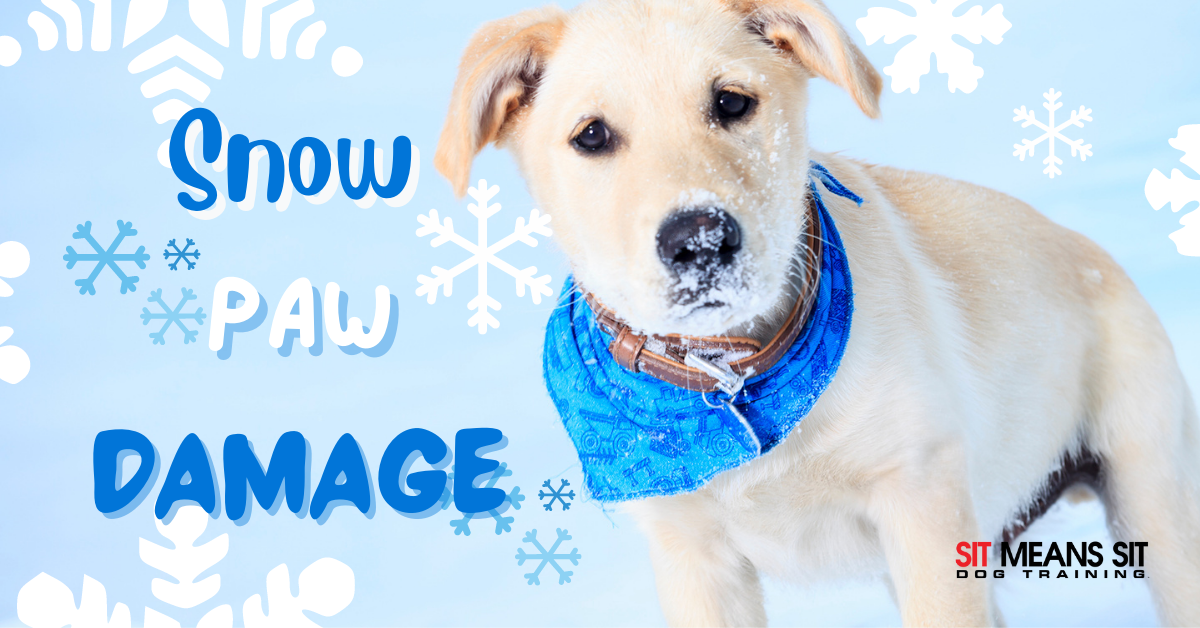
Preventing Snow Damage on Dog Paws
If your dog loves to gallivant in the snow, or you just live in a winter wonderland, your dog likely needs paw protection from the snow. Winter conditions can not only bring fluffy snow but also hard, icy snow or sleet that can damage canine paw pads. Paw pads are one of the most crucial parts of your pooch’s body that needs to be protected. Snow and ice collecting on paws can cause a lot of pain or frostbite to dogs. It’s also important to remember that your dog’s paws are also affected by ice-melting chemicals on roads and sidewalks. An indicator that your pup has injured their paws or is in pain is limping or holding up their paw for no particular reason (usually in conjunction with whining).
Trim Paw Fur
Snow and ice stick to fur easily, meaning that when your dog is walking in winter conditions, snow sticks to the fur that is in between the pads on their paws. Trimming this fur, and the fur around the paw/leg, weekly to avoid snow or ice balling up and matting on the fur which causes irritation. It will also help your dog not slide on ice as they have more paw traction! It’s important to remember to still clean off your dog’s paws after they come inside, especially if they might’ve come in contact with ice-melting chemicals. Rinse in lukewarm/warm water (making sure the paw pads are clear) and dry clean!
Paw Protectants
Paw protectants can help prevent any paw pad injuries caused by winter conditions. A paw protectant (is easier to apply with trimmed paw fur) comes in numerous different forms. Paw protectants like a balm or wax apply easily to the pads and help repel harsh chemicals, ice, and snow. Protectants not only repel harmful conditions but help to moisturize your dog’s paw pads to prevent cracking and injury. Remember to look for all-natural ingredients (made for dogs only) if your dog tends to lick their paws!
Doggie Booties
Dog boots not only help prevent any paw pad injuries but also give your dog more traction and stability during winter conditions, especially if your dog insists on still having their outside exercise. Boots also ease the responsibility of winter paw clean-up! Check out this list of the best winter dog boots. Remember to measure your dog’s paw width across for the correct boot size and buy reusable!
DIY Boots
Think you can make some dog booties yourself and are up for a craft night? It’s easier than you may think! Gather a child-sized pair of fleece socks with rubber bottoms. You can secure the ‘boot’ with a piece of double-sided velcro strap and fit your dog’s ankle size. Socks are unfortunately not waterproof, but they work great if the purpose is to keep your dog’s feet protected from chemicals (you can waterproof the socks by adding a fitted plastic bag on top)!
